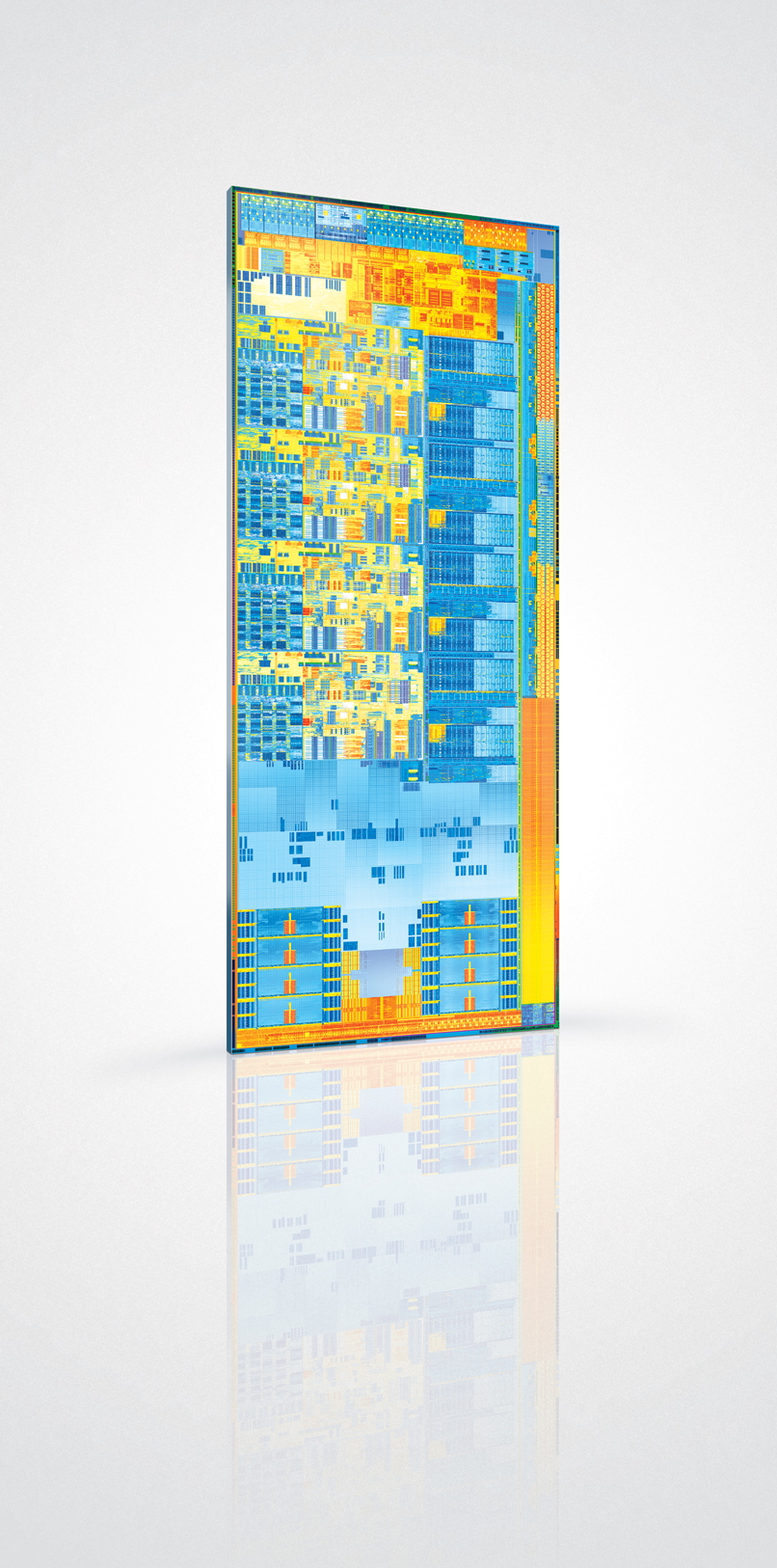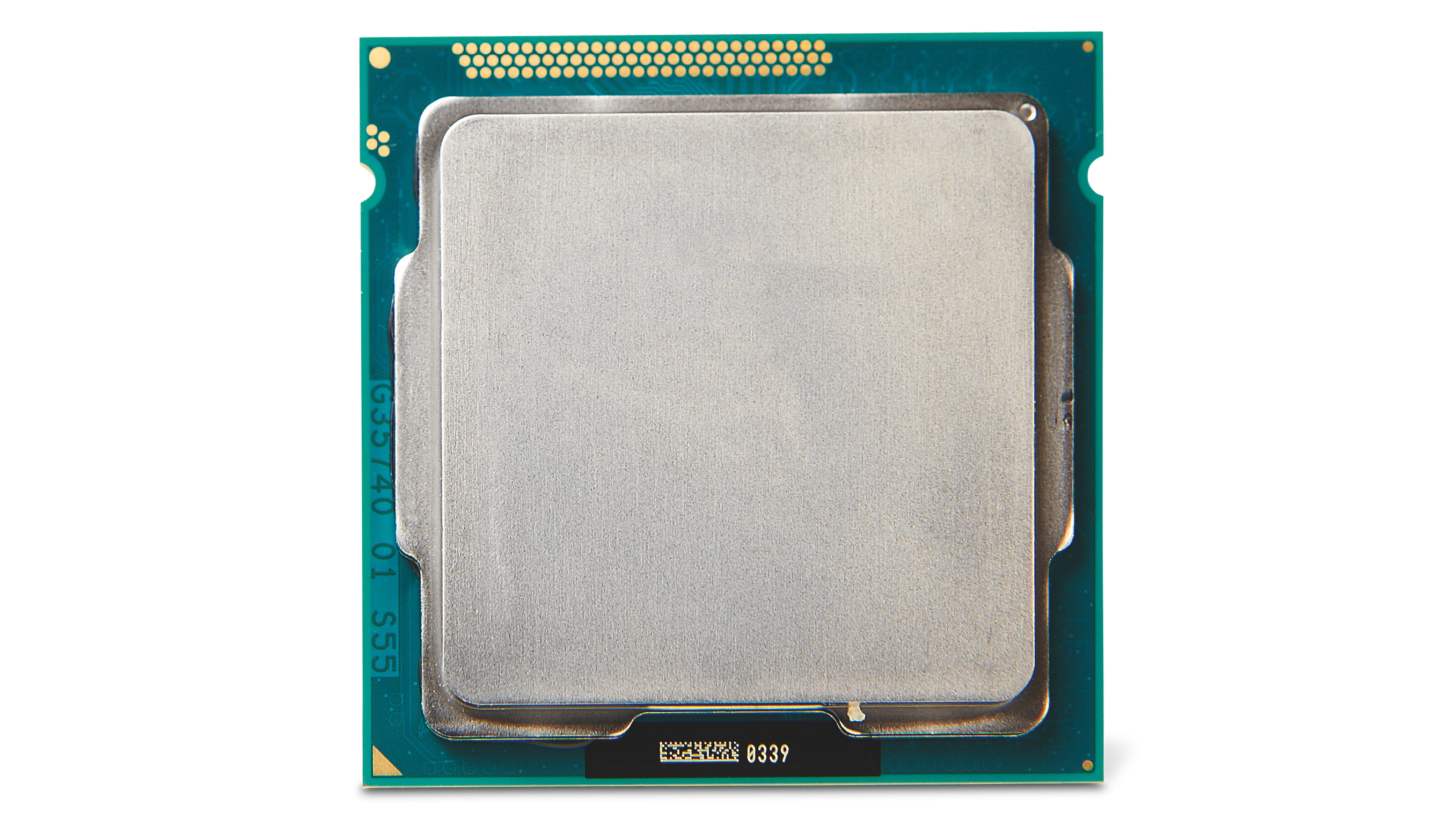Why you can trust TechRadar
We've established the CPU side of the Intel Core i5 3570K is little changed but big things have happened with the graphics. How does Intel's new mainstream crowd pleaser perform when you fire her up?
With the clockspeeds and cache staying mostly steady and the cores revised rather than redesigned, we didn't have high hopes for a dramatic boost in performance.
That's pretty much how it plays out.
In the Cinebench 11.5 professional graphics rendering test, the Intel Core i5 3570K edges the old Core i5 2500K 1.6pts to 1.49tps. Factor in the 100MHz clockspeed advantage of the Core i5 3570K and it's clear Ivy Bridge isn't doing anything dramatic.
It's a similar story of very modest performance gains in x264 HD video encoding and the CPU-intensive World in Conflict game benchmark. The Core i5 3570K is quicker, for sure, but the difference isn't nearly enough that you're ever going to feel it.

That said, we have been expecting some showbiz moves when it comes to overclocking.
After all, Intel has been bullishly bigging up is fancy new 22nm transistors in all their 3D Tri-gate glory. Oh, and as before, that 'K' suffix indicates a full unlocked CPU multiplier for easy overclocking. Time for them to deliver.
What you make of the 4.9GHz result depends on the angle you're coming from.
On the one hand, that's 1.5GHz higher than the Intel Core i5 3570K's guaranteed clockspeed for four loaded cores, which is one hell of an overclock with a simple air cooler.
On the other, it's just 100MHz higher than the old 2500K manages. So much for that fancy 22nm tech, then?
Perhaps, but what's really interesting for existing Sandy Bridge owners is that Intel's new Z77 platform seems to release more overclocking potential from the outgoing 32nm generation.
We reckon the Z77 is worth a good 200MHz to 300MHz with Sandy Bridge chips, which is intriguing even if it undermines the attraction of the new Core i5 3570K and its Ivy Bridge brethren.
As for the graphics, Intel has indeed upped its game.
World in Conflict at 1,280 x 800 jumps from a sluggish 19 frames per second on the 2500K to a borderline playable 27 frames per second on the new Core i5 3570K, for instance. Skyrim performance is up from 21 frames per second to 25.
In reality though you still need a discrete graphics card for enjoyable gaming.
It's hard to know what to make of the QuickSync video transcode core though.
Performance is up by roughly 10 per cent. It's certainly impressive to observe a whole hour-long HD episode of a TV show crunched down for smartphone consumption in just a few minutes.
But with application support remaining somewhat limited, QuickSync still isn't the killer feature it could be.
We liked
The new Intel Core i5 3570K has everything that made its Core i5 2500K such a winning CPU.
Per core performance is the best you can buy.
It overclocks like there's no tomorrow and it's relatively affordable. We're also pleased that it remains compatible with Intel's LGA1155 socket
We disliked
Intel has created a rod for its own back in recent years by delivering ever more performance.
The new Ivy Bridge generation basically puts on the brakes.
No more cores. No more clocks. And no more overclocking headroom.
The improved graphics don't make up for that.
Verdict
A great chip, but Core i5 2550K and i5 2500K owners have nothing to worry about.
Technology and cars. Increasingly the twain shall meet. Which is handy, because Jeremy (Twitter) is addicted to both. Long-time tech journalist, former editor of iCar magazine and incumbent car guru for T3 magazine, Jeremy reckons in-car technology is about to go thermonuclear. No, not exploding cars. That would be silly. And dangerous. But rather an explosive period of unprecedented innovation. Enjoy the ride.
